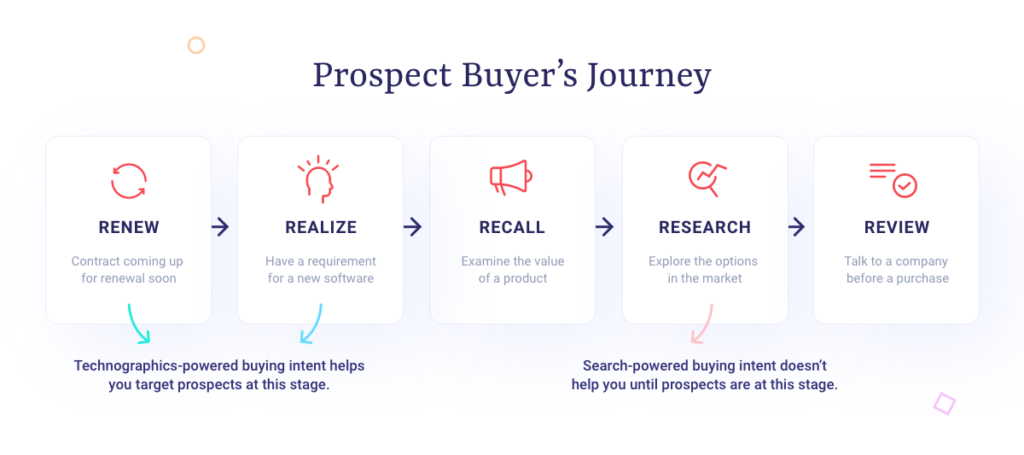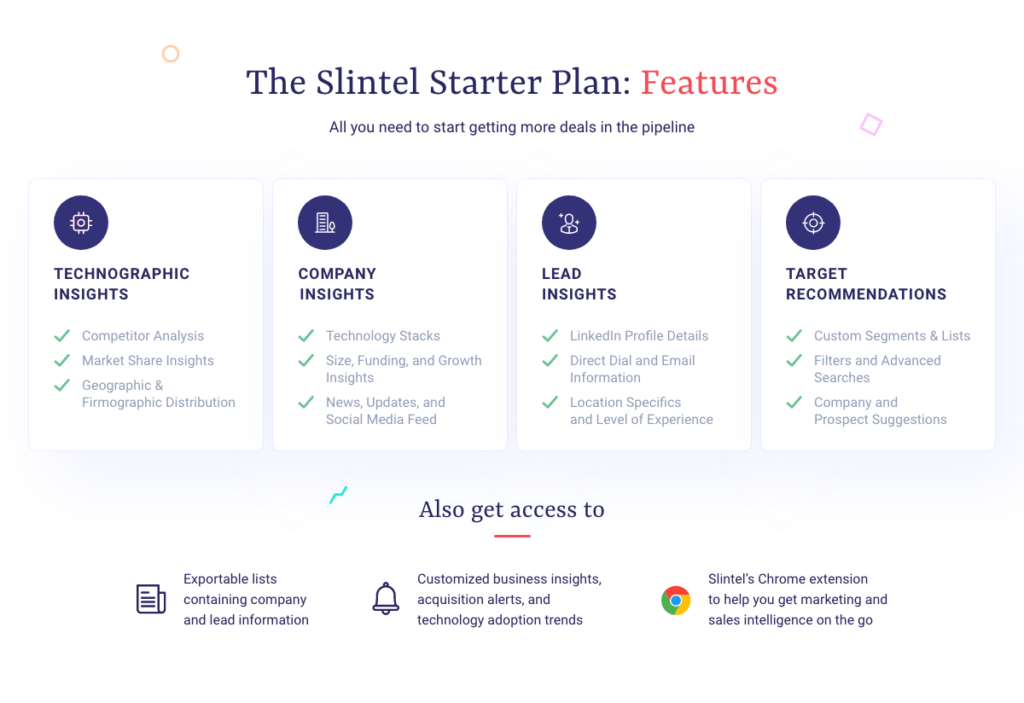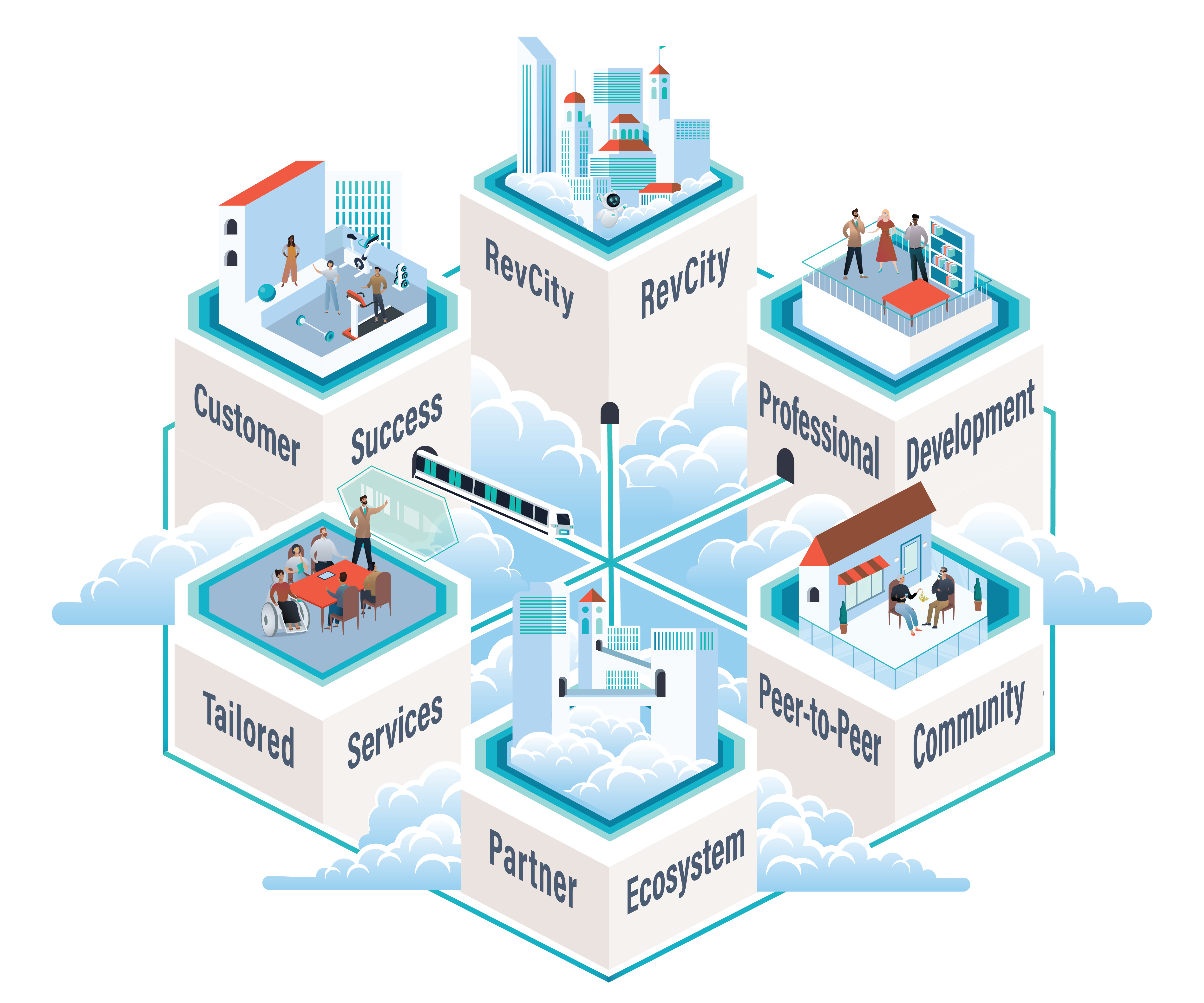(Skip the read and try out Slintel’s starter plan instead?)
“It’s not who you are underneath, it’s what you do that defines you,” Rachel says this to a drunk Bruce Wayne in Batman Begins (undisputedly the best movie of the trilogy).
So what you do, i.e. your “action(s)”, define you.
And who you are underneath, i.e. your needs, wants, experiences, perspectives, and your beliefs (which we’ll call inner self, for the purposes of this piece), don’t define you.
Well, that sure is #zen, but “what you do” usually begins with “who you are underneath”. Doesn’t it?
So, is there a driving force that pushes the inner self to action?
Yes, there is…and it’s intent.
My inner self believes that animals deserve a better place in this world.
So, I intend to help animals.
Finally, I take action by volunteering at the animal shelter.
Intent drives action! (Keep that in mind, we’ll come back to it)
Intent—What’s all the fuss about?
Intent has been a buzzword for a while now, and it started with the consumer space—the global powerhouses, Google and Facebook, have been collecting and disseminating intent data for a decade. They figured that humans are not nearly capable enough to utilize the full capabilities of their system. So they built marketing tools that were self-sufficient and AI-driven.
For example, the Android ecosystem. To advertise an Android app on Google Ads, advertisers can just pick a few images and 4 interchangeable lines of text. Google then automatically matches users with both intent and affinity to the advertisers app and shows ads accordingly.
But how does this translate to the B2B sphere?
Intent is not a new find in the B2B market either; every company is already looking at search-driven intent to determine prospective buyers for their product. The action of searching indicates that these users have a high likelihood of purchasing a product or a service, and this is called search intent.
The popularity of intent-driven marketing and outreach in the B2B space is still in its infancy, but for B2B companies selling technology or technology-related products and services, the opportunity is humongous.
Remember “intent drives action” from earlier? Well, intent drives action for not just for people but businesses too. The trick is to use this intent correctly. You must work backward from the action you want to drive, usually the purchase of your product. In which case, you must:
- Identify the correct intent signals
- Find companies displaying these intent signals
- Connect with the right decision makers
- Personalize your pitch by understanding your prospects’ business better
While search intent is displayed by individuals who are actively researching your product and/or similar products; technographic intent, provided by Slintel, helps you even find companies that are not in the “Research” phase yet, but have a requirement for your product.

For these prospects, you need to get your product/service at the front and center before your competitors even get a whiff. Remember, “The early bird catches the worm.”
The problem, however, has been accessibility; software(s) providing such intent signals often cost a pretty penny up-front, and not all teams can afford it.
Well, not any longer!
Introducing Slintel’s Starter Plan
No credit card required, your work email ID is all you need to get started.
The first 100 users also get a free product consultation on how to best use Slintel to grow your business, so go ahead and sign up here to get started.
What features do you get on Slintel’s Starter plan?

How does the credits system work?
Find out here.
How can you use Slintel?
Imagine you’re DiveCRM and your competitor MomoCRM has a much bigger market share, even though your products are toe to toe. Your Sales and Marketing teams are hard at work, but you’re looking for something to take your business to the next level.
That’s where we come in. You can use Slintel to find:
- Technographic Insights
- Find existing customers of technologies you integrate with.
- Get a List of MomoCRM’s current customers filtered by: –
- Top Industries
- Top Geographies
- Company Size(s)
- Largest Customers
- Recent Customers
- Get MomoCRM’s customers with upcoming renewals 3 months in advance.
- Keyword Insights
- Find companies that are focused on certain keywords, that are indicators of being your future customer.
For example; if DiveCRM is great at automating manual entry,look for companies focused on ‘automation’ or ‘sales efficiency’ .
- Find companies that are focused on certain keywords, that are indicators of being your future customer.
- Company Insights
- Get complete technology stack/ install-base for companies.
- Find similar companies using information you discovered from competitor and technographic insights
- Get firmographic details such as revenue, funding history, number of employees
- Additionally, you can also look for recently funded tech companies (quite likely to be in the market for a CRM upgrade or a sideways move)
- Lead Insights
- Get email IDs, direct dials, LinkedIn profiles and more for decision makers in the companies you discovered as prime targets.
DiveCRM would obviously use their own CRM with which we don’t have an integration (yet); but if they used Hubspot or Salesforce, they could pull all of this information on companies and leads directly into their system.
So what do you get out of all of this?
A list of companies that have a high likelihood of buying your product and contact information for decision makers within these organizations.
What can you do with this information?
- Advertise across platforms like Google, Facebook, Bing, Taboola and others (instead of blindly wasting your ad budget the entire addressable market)
- Do direct sales outreach to decision makers for your targets.via Email, Direct Dials and LinkedIn.
A combination of marketing and sales outreach to a list of targeted companies from Slintel is bound to give your business great results (and by results, we mean revenue!)
Even if you’re not DiveCRM, there are ample data-laden opportunities for your business to prosper:
- Product companies can target their competitor’s customers
- Services companies can analyze tech stacks of prospects they are selling to
- Event companies can track keywords to target prospects looking to host or participate in events.
- Implementation partners can find customers who just adopted new technologies in last 3 months and need implementation support
- Companies that build on top of technologies like wordpress, slack, salesforce, shopify and others can identify and target current users of said technologies
- Companies that are focused on certain niches (like OKRs, paid time off, employee referrals) can identify prospects that are talking about these keywords online.
And that’s still just quoting a few of the many potential use-cases. Try it out for yourself to see how it can help your company’s sales and marketing!
And remember, the 1st 100 customers get a product consultation to discuss the right intent signals for your business. So if you haven’t already, signup now for Slintel’s Starter Plan.






